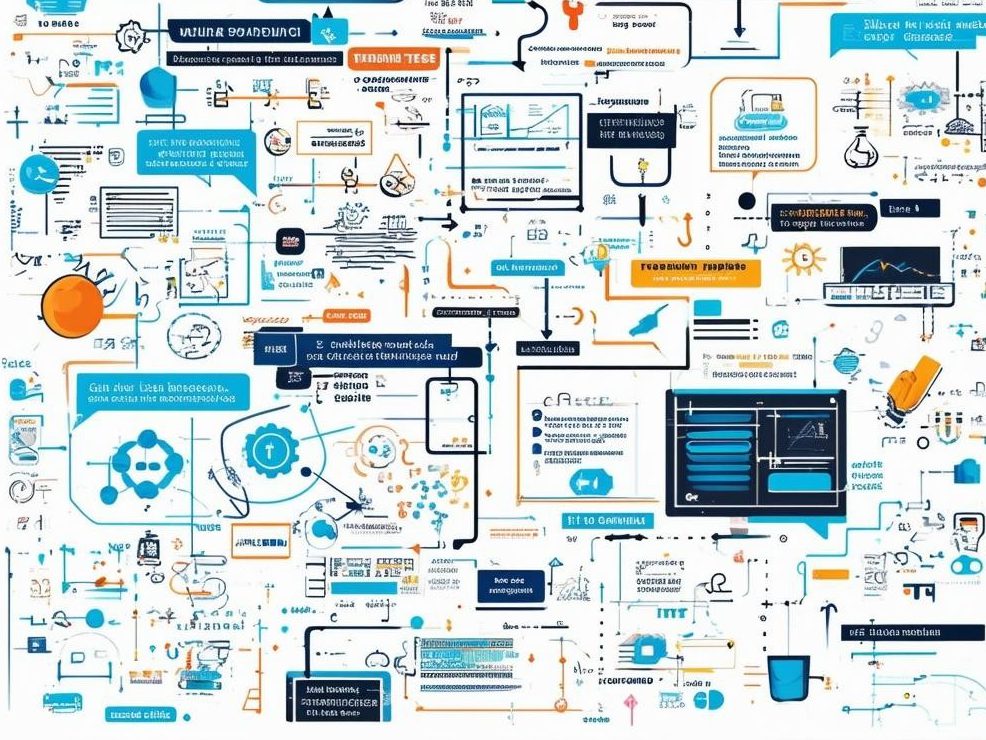
Simplifying Complex Ideas in B2B Communication
In B2B communication, we often find ourselves navigating a sea of technical jargon, intricate processes, and complex value propositions. The challenge? Translating these complexities into clear, compelling messages that resonate with our audience.
As a copywriter with 15 years of experience in industries like construction, healthcare, and manufacturing, I’ve honed the art of simplifying complex ideas. Let’s explore how you can do the same.
Define Your Audience: In B2B, this often means addressing multiple stakeholders:
- Decision-makers who need to understand the big picture
- Technical experts who crave data and depth (an architect or doctor, for instance)
- End-users concerned with practical application and who might not be subject matter experts
Each group has distinct motivations. You need content that speaks to all of them. But avoid the temptation to cram messaging to all of them in a single piece. It’s rarely as effective as targeted communications meant specifically for each audience.
Start with Your Audience’s Perspective: B2B or not, everyone in your audience is still just a person. Look at the topic through both their intellectual and emotional lens. Consider this: A study by Google, Gartner, and Motista found that B2B buying decisions are in fact even more emotionally driven than B2C ones.
Identify Core Concepts: What are the fundamental ideas at the heart of your complex topic? In their lived daily reality, what are the essential elements related to those ideas that your audiences care about most? List these out.
Create Logical Groupings: Organize related ideas into clear categories. This helps your audience mentally file information in a way that makes sense to them.
Use the Rule of Three: It really is the magic number. Whenever possible, present information in groups of three. It is the smallest number of elements required to create a pattern, making it both satisfying and memorable.
I’ve met few complex topics that cannot be distilled into a grouping of three. For instance, when helping a building materials client and its affiliated contractors educate homeowners on their roofing system, I broke down a complicated array of components into three words — three core areas of protection and performance they combined to provide (“seal, defend, breathe”).
Incorporate Storytelling: Never underestimate the power of a good story, especially in B2B. When developing a brand representing specialized tableware for senior living facilities, I focused on a narrative that went beyond product features — emphasizing a story of empowerment and dignity.
This even included a framework that linked product features to six core dimensions of quality of life improvements for seniors. The storytelling approach helped decision-makers in senior living facilities see beyond mere plates and utensils to envision how these products could genuinely enhance the dining experience and well-being of their residents.
By framing the products within a larger narrative of “reclaiming a natural, comfortable dining experience,” it transformed a seemingly mundane purchase decision into a meaningful investment in resident care and satisfaction.
Build from Simple to Complex: In the pacing of your content, start with the most basic elements and gradually introduce more complex ideas. This allows your audience to build a foundation of understanding before tackling more intricate concepts.
Use Clear Subheadings: Break your content into clearly labeled sections. This not only makes the information more scannable but also helps readers understand how different ideas relate to each other.
Use Jargon Judiciously: Industry-specific language has its place, but use it conservatively. When you must use technical terms, explain them clearly. Your goal is to showcase expertise without alienating less technical readers.
The Balancing Act
Especially in industries with complex subject matter, finding a distinct voice that connects is a fine balancing act between enough sophistication to show your audience you “get it,” but enough simplicity and humanity to appeal to real people.
The goal isn’t to oversimplify or “dumb things down,” but to present complex ideas in a way that’s accessible. By breaking down complexity into simpler components, you create a clear path for your audience to follow, leading them from understanding to engagement and action.
In my years of experience, I’ve found that there is rarely any complex topic or offering that can’t be distilled into simpler ideas and powerful storytelling that appeals both rationally and emotionally to B2B audiences.
Need help communicating complex ideas in your industry?
Let’s discuss how we can turn your expertise into compelling, clear messages that connect with your audiences.
